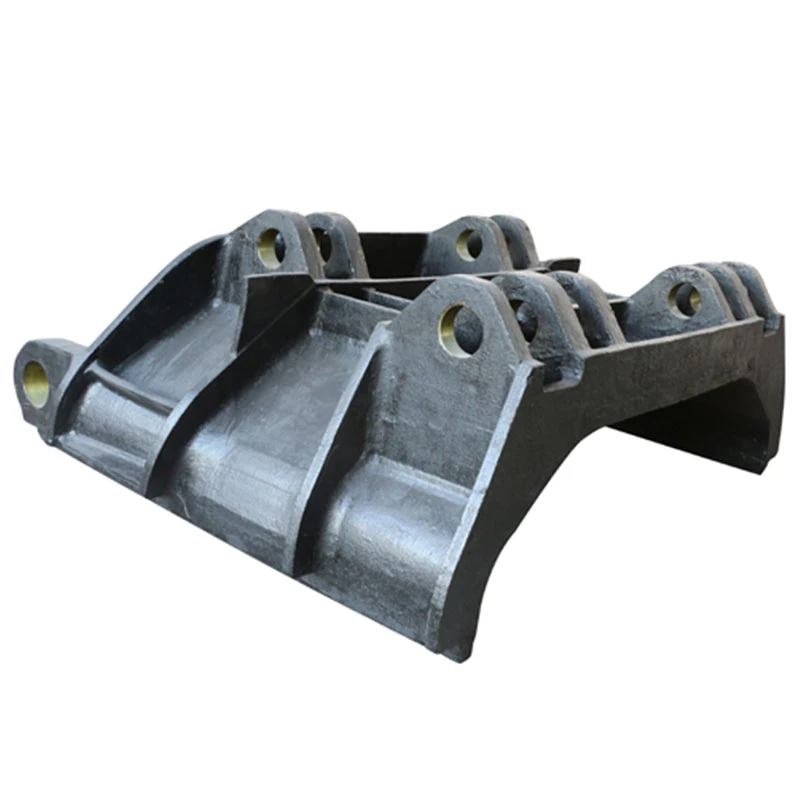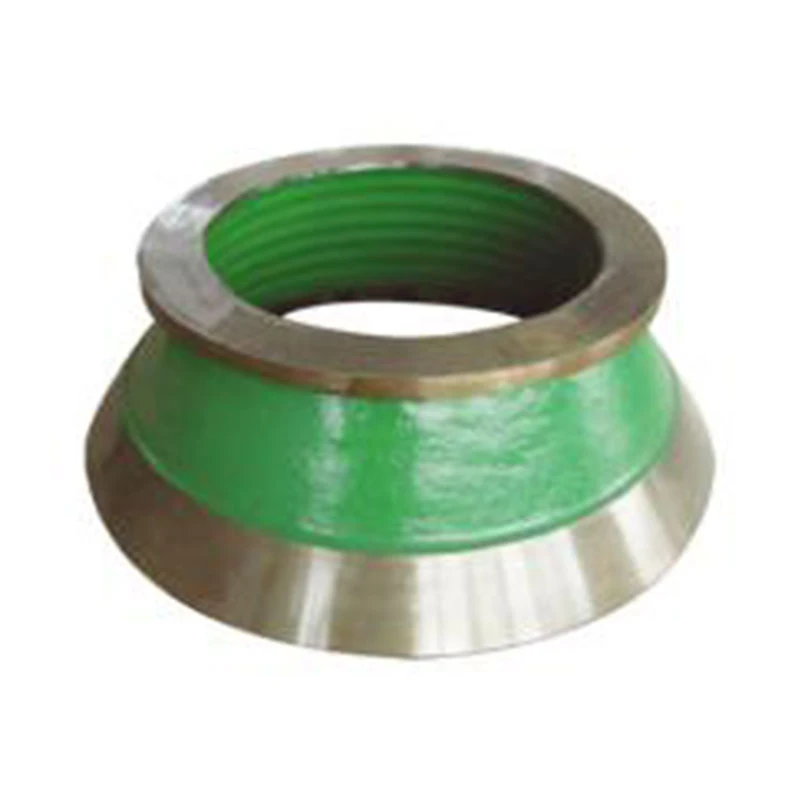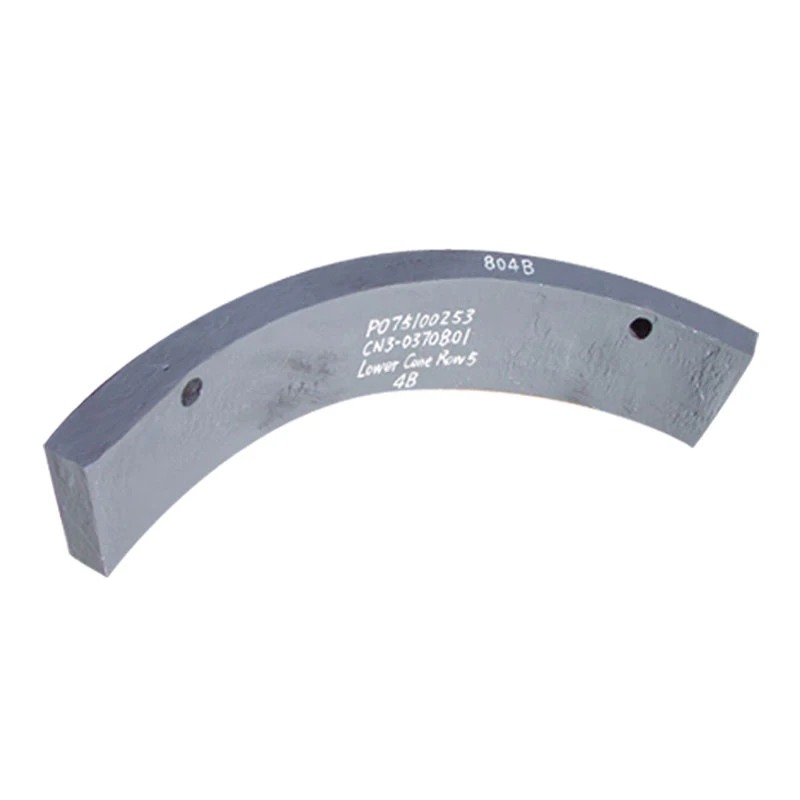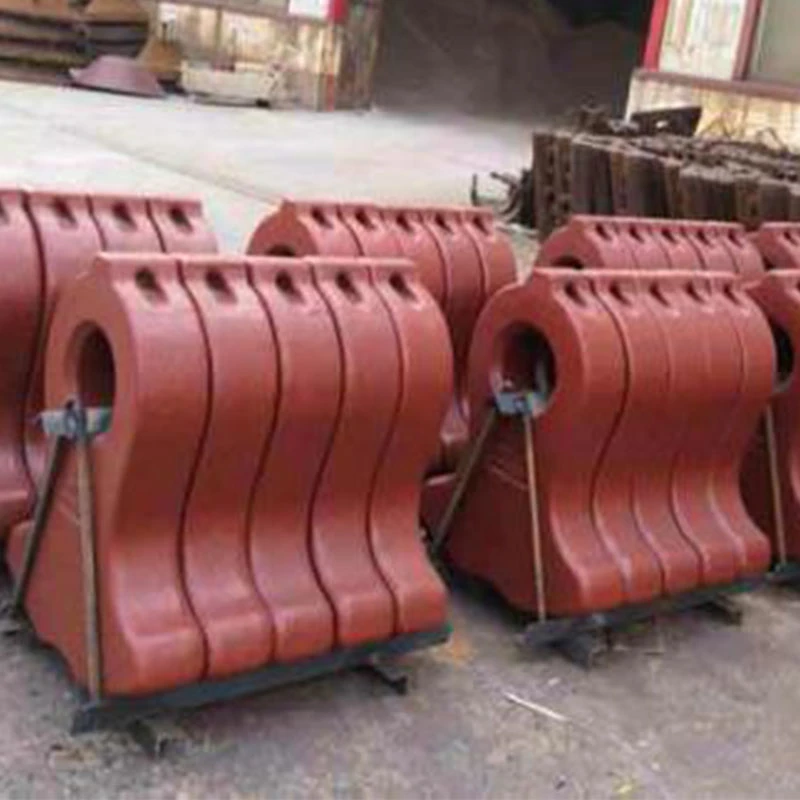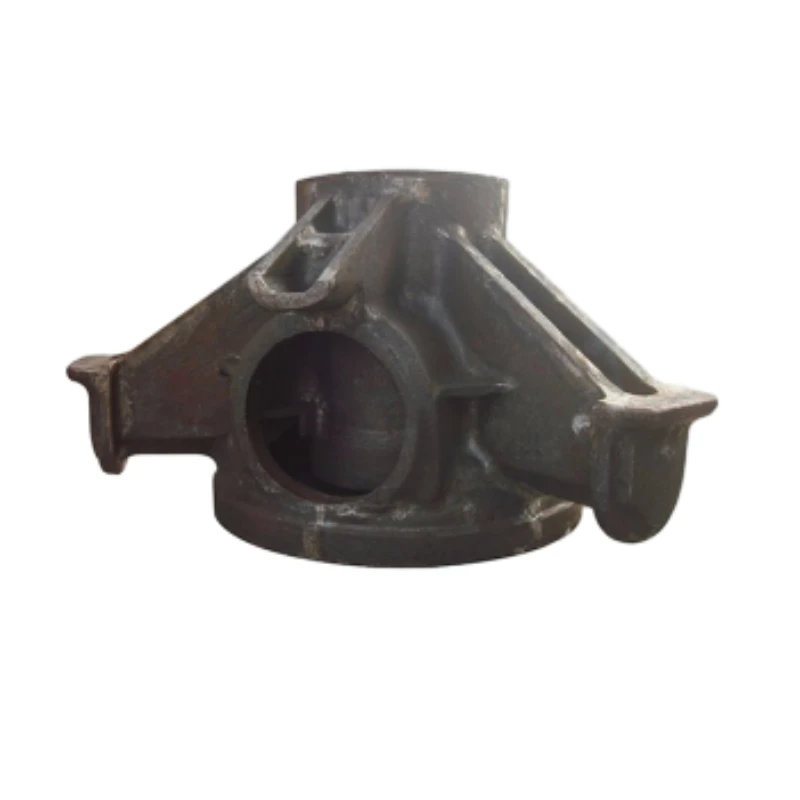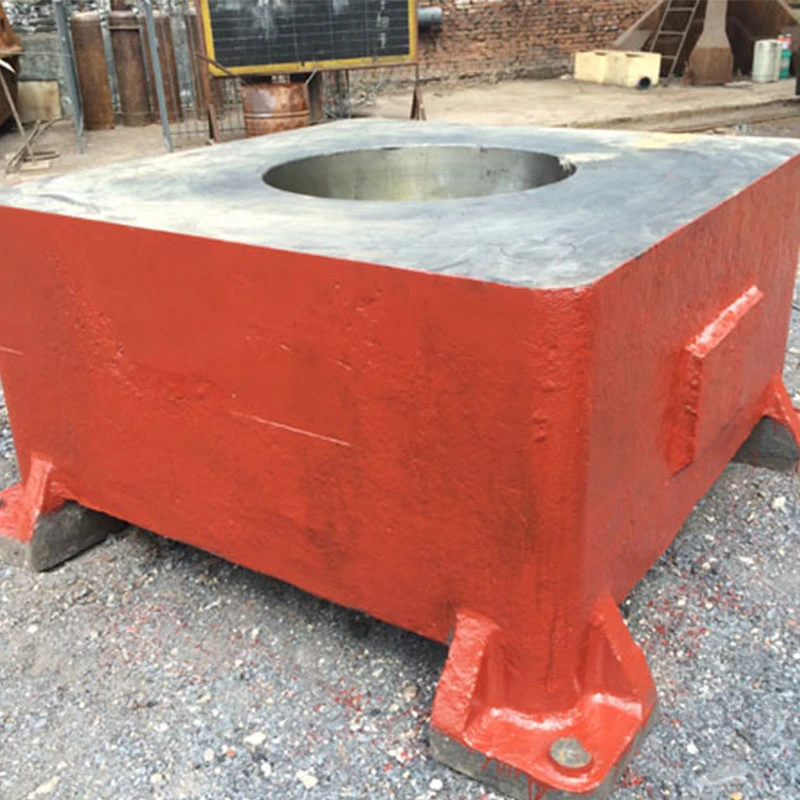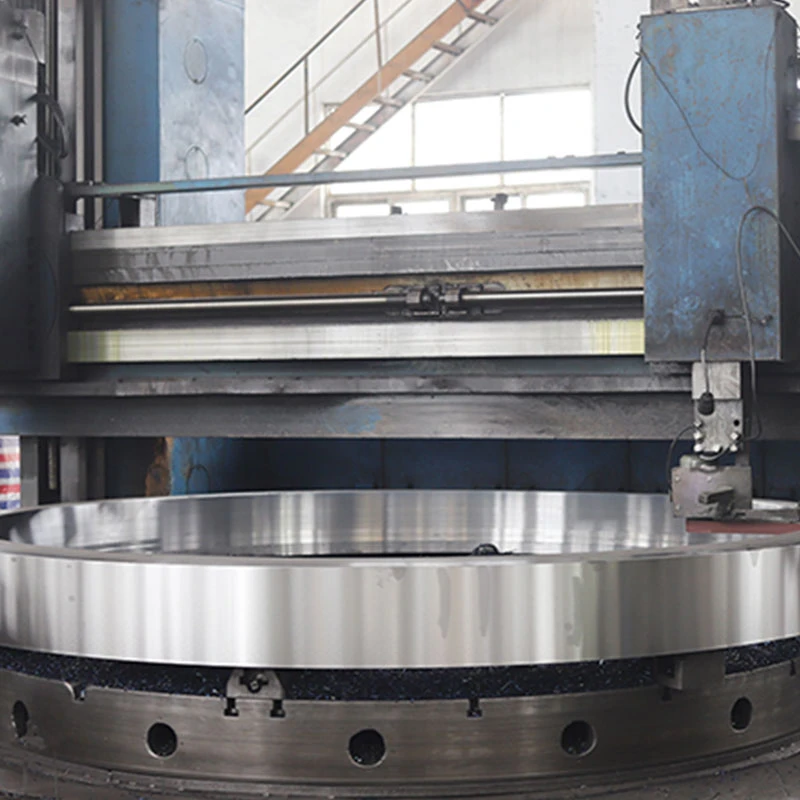- Afrikaans
- Albanian
- Amharic
- Arabic
- Armenian
- Azerbaijani
- Basque
- Bengali
- China
- China (Taiwan)
- Czech
- Danish
- Dutch
- English
- French
- German
- Greek
- Gujarati
- Haitian Creole
- hausa
- Miao
- Hungarian
- igbo
- Indonesian
- Italian
- Japanese
- Javanese
- Rwandese
- Korean
- Kyrgyz
- Lao
- Lithuanian
- Luxembourgish
- Macedonian
- Malgashi
- Malay
- Mongolian
- Myanmar
- Nepali
- Norwegian
- Persian
- Polish
- Portuguese
- Punjabi
- Russian
- Spanish
- Swahili
- Swedish
- Telugu
- Vietnamese
May . 30, 2025 16:58 Back to list
High-Performance Rubber Slurry Pumps Durable Abrasion-Resistant Design
- Introduction to Rubber Lined Slurry Pumps
- Engineering Advantages of Rubber Lined Designs
- Operational Data: Wear Rates & Efficiency Metrics
- Comparative Analysis: Leading Pump Manufacturers
- Customized Solutions for Extreme Conditions
- Industrial Application Case Studies
- Maintenance Protocols for Rubber Slurry Pumps
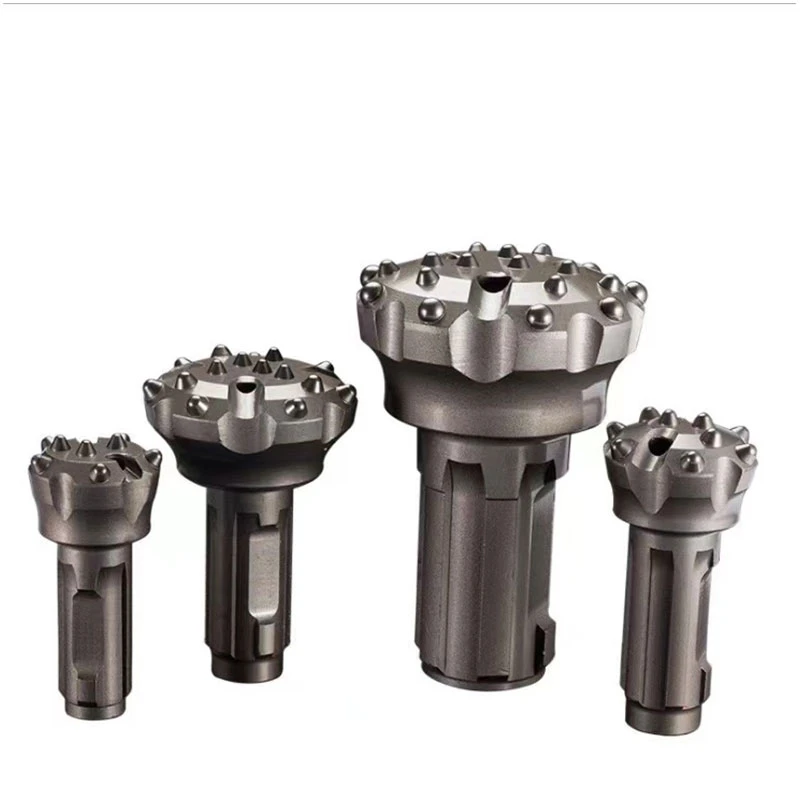
(bombas de lodo de goma)
Rubber Lined Slurry Pumps: Revolutionizing Abrasive Handling
Modern mineral processing demands equipment that withstands extreme abrasion while maintaining operational efficiency. Rubber lined slurry pumps offer precisely this solution through specialized elastomer compounds bonded to critical wear components. Unlike metal-bodied alternatives, these pumps demonstrate a 60% longer service life in high-solids applications according to processing plant trials. The vulcanized rubber lining provides exceptional resistance to particle impact, particularly in handling slurries exceeding 70% solid content with particle sizes up to 50mm. This technology represents a significant advancement over traditional pumps in copper mining, coal washing, and sand extraction operations where corrosion and wear traditionally caused 30% of all processing downtime.
Material Science Advancements in Pump Engineering
High-performance compounds like natural gum rubber (60-70 Shore A) and synthetic elastomers (Neoprene, Hypalon) now demonstrate unprecedented resilience. Recent formulations exhibit 35% better tear resistance compared to standard rubber grades, enabling sustained performance at flow velocities of 5-8 m/sec. These materials maintain flexibility at temperatures from -40°C to +120°C while resisting chemical degradation from pH 3-13 solutions. Advanced vulcanization techniques ensure homogeneous bonding to metallic substrates, eliminating delamination failures that previously restricted operational pressure to 6 bars. Current designs now withstand 12 bars consistently - a 100% pressure tolerance increase over first-generation models.
Quantifying Performance: Operational Data Analysis
Field performance metrics demonstrate rubber lined pumps reduce operating costs significantly compared to hard-metal alternatives. Maintenance intervals extend from 500 operating hours to 2,000+ hours in equivalent service conditions. Impeller life shows similar improvements:
| Pump Type | Avg. Impeller Life (hrs) | Energy Efficiency (%) | Relubrication Interval |
|---|---|---|---|
| Hard Chrome | 800 | 62% | 400 hrs |
| White Iron | 1,200 | 58% | 350 hrs |
| Rubber Lined | 2,600 | 71% | 1,200 hrs |
The 13% efficiency gain directly translates to 450kW power savings annually per pump station. Vibration analysis shows a consistent 25% reduction in harmonic resonance due to the dampening effect of rubber components.
Manufacturer Capability Comparison
Leading manufacturers differentiate through proprietary formulations and specialized design features catering to distinct industrial requirements:
| Manufacturer | Warranty Period | Max Particle Size | Special Features | Flow Rate Range (m³/hr) |
|---|---|---|---|---|
| Hevvy Pumps | 18 months | 65mm | Quick-change liners | 50-1,800 |
| Warrior Rubber Pumps | 24 months | 50mm | Multi-durometer liners | 100-3,500 |
| Abrazo Slurry Systems | 36 months | 75mm | Removable cartridge seals | 200-5,000 |
Third-party testing reveals Abrazo's ceramic-reinforced elastomers withstand impact energies 22% higher than industry standards, crucial for aggregate processing applications.
Customized Engineering Solutions
Leading manufacturers now provide site-specific adaptations beyond standard offerings. For phosphate mining operations experiencing pH fluctuations from 2.8-11.5, specialized 70/30 Hypalon/Natural Rubber compounds prevent premature cracking. Gold extraction plants utilize pumps with 50mm thick rubber linings and recessed impellers to handle mercury-contaminated slurries. The most advanced configurations include:
- Multi-stage rubber hardening (50-85 Shore A) within single components
- Magnetic liner retention systems eliminating bolt corrosion failures
- Sensor-embedded liners reporting wear profiles in real-time
Field results demonstrate these engineered solutions reduce replacement costs by 75% in high-sulfide environments compared to conventional approaches.
Field Validation: Industrial Deployments
Chilean copper mines represent demanding proving grounds for rubber lined slurry pumps. At Codelco's Radomiro Tomic operation, customized rubber pumps maintained 93% availability during a 24-month trial, moving 850 tons/hour of 60% solid concentrate through 3km pipelines. The installation achieved a $380,000 annual maintenance reduction compared to the previous chrome steel system. Similarly, Australian iron ore processors report rubber lined pumps handling magnetite slurries with specific gravity 1.8 maintained volumetric efficiency above 85% for 6,000+ operating hours. Operational data from these sites confirms the projected lifespan extension:
| Application | Pump Type | MTBF (hours) | Parts Replacement Cost (Annual) |
|---|---|---|---|
| Copper Concentrate | Metal | 1,850 | $187,000 |
| Copper Concentrate | Rubber | 5,200 | $41,000 |
| Iron Ore Tailings | Metal | 2,300 | $243,000 |
| Iron Ore Tailings | Rubber | 6,800 | $63,000 |
Extending Service Life in Rubber Slurry Pumps
Proactive maintenance protocols significantly impact rubber lined pump longevity. Implementing thermal imaging checks every 200 operating hours can detect early-stage delamination before catastrophic failure. Critical practices include:
- Pressure washing with pH-neutral solutions to prevent chemical degradation
- Wear mapping with laser profilometry during quarterly inspections
- Precision shaft alignment maintaining vibration below 4.5 mm/sec RMS
Mining operations implementing these protocols report reaching 22,000 hours between full rebuilds - a 300% improvement over basic maintenance programs. As material science advances, next-generation rubber pumps incorporating graphene-reinforced elastomers promise 50% greater abrasion resistance, further solidifying their position as essential assets for handling demanding slurries.

(bombas de lodo de goma)
FAQS on bombas de lodo de goma
Q: What are the primary applications of rubber slurry pumps?
A: Rubber slurry pumps are ideal for industries like mining and mineral processing, handling abrasive slurries with corrosive or high-solid content. Their rubber construction resists wear and extends service life in harsh environments.
Q: How do rubber-lined slurry pumps differ from standard slurry pumps?
A: Rubber-lined slurry pumps feature rubber-coated internal components, enhancing resistance to abrasion and corrosion. This design reduces maintenance costs and downtime compared to unlined metal pumps.
Q: What maintenance is required for rubber slurry pumps?
A: Regular inspection of rubber linings for wear or cracks is critical. Avoid exposure to extreme temperatures or harsh chemicals to maintain the rubber’s integrity and performance.
Q: Why choose rubber pumps for abrasive slurry transport?
A: Rubber’s natural flexibility absorbs impact from abrasive particles, minimizing erosion. This makes rubber pumps cost-effective for long-term use in high-wear applications like dredging or tailings management.
Q: Can rubber-lined pumps handle chemically aggressive fluids?
A: Yes, specialized rubber compounds (like nitrile or neoprene) provide chemical resistance. Always verify compatibility with specific chemicals to ensure optimal pump durability and safety.
-
Low-Cost Borehole Drilling Machine for Small-Scale Projects
NewsJul.11,2025
-
Carbide Bullet Teeth for Abrasive Formations: Powering Industrial Drilling Efficiency
NewsJul.11,2025
-
Advantages of Down-the-Hole Drill Bits in Geothermal Projects
NewsJul.11,2025
-
Hole Hammer Use in Water Well Drilling
NewsJul.11,2025
-
Benefits of a Mobile Diesel Compressor in Construction
NewsJul.11,2025
-
Benefits of Diesel Portable Screw Air Compressors
NewsJul.11,2025




